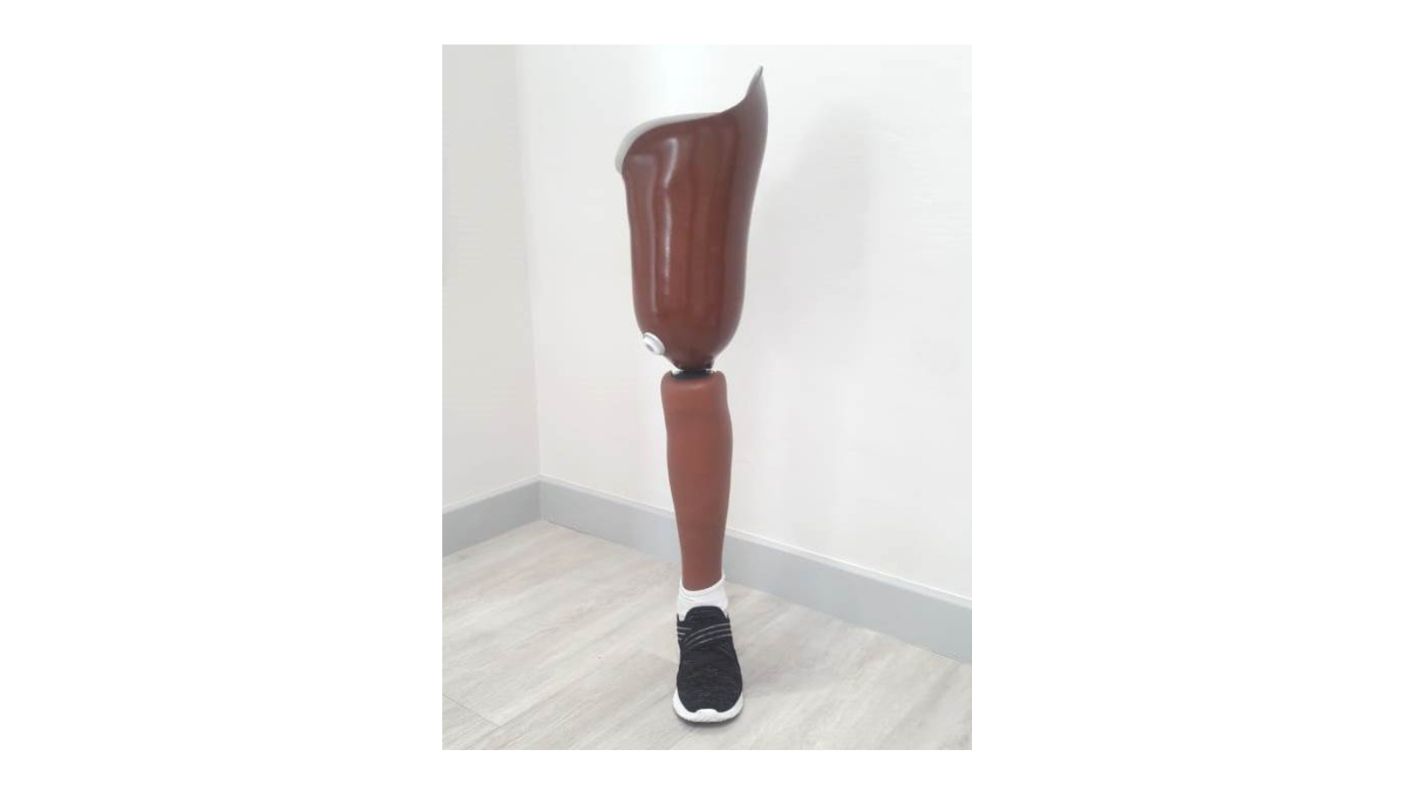The socket is a crucial part of the above knee prosthesis as it provides a customized and
secure connection between the residual limb and the prosthesis. It is designed to fit the
unique shape and contours of the individual's residual limb, ensuring comfort and stability
during movement.
The knee joint in an above knee prosthesis is responsible for replicating the natural
movement of a knee. It allows for flexion and extension, allowing the user to walk, climb
stairs, and engage in other physical activities. The choice of knee joint depends on factors
such as the user's activity level, lifestyle, and personal preferences.
The foot component of the prosthesis provides support, shock absorption, and propulsion
during walking or running. Different types of prosthetic feet are available, each with its
own characteristics and functionalities. The selection of the foot component depends on
factors such as the user's mobility needs, activity level, and terrain they typically
encounter.
Overall, an above knee prosthesis is
individually tailored to meet the specific needs and preferences of the user. The design and
components of the prosthesis may vary based on advancements in prosthetic technology and the
expertise of the prosthetist involved in the fitting process. Collaboration between the
amputee and the prosthetist is essential to ensure a well-fitting and functional above knee
prosthesis.
